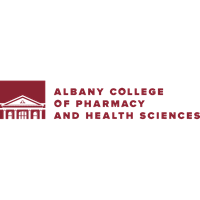Below is a summary of the abstract you submitted. Presenting author(s) is shown in bold.
If any changes need to be made, you can modify the abstract or change the authors.
You can also download a .docx version of this abstract.
If there are any problems, please email Dan at dar78@pitt.edu and he'll take care of them!
This abstract was last modified on March 13, 2024 at 9:42 a.m..

Through working with the University of Pittsburgh and Science Education Alliance Phage Hunters Advancing Genomics and Evolutionary Science or “SEA-PHAGES” we used laboratory techniques to isolate a novel bacteriophage. For this project, Gordonia rubripertincta, a common soil bacteria, was utilized as a host due to its abundance within the soil. This bacteria is a mesophilic, gram-positive, nonmotile bacteria that appears orange when streaked. Our phage “MoiGyank” was isolated through enriched isolation of a soil sample. Five rounds of serial dilution were completed to purify the sample into a single phage species. Then the sample went through three rounds of amplification to collect lysate. MoiGyank's genome was characterized using restriction enzymes, revealing a unique fingerprint through gel electrophoresis. Using TEM, MoiGyank was found to be a Siphoviridae phage. MoiGyank DNA was sequenced and auto-annotated within DNA Master using GeneMark and Glimmer to determine the start and stop of genes. These auto-annotated potential genes were verified for their start site through the use of coding potential, RBS score, and comparative tools such as Phamerator, Starterator, and NCBI BLASTp. Using the above tools, 7 genes were deleted, 3 genes were added, and the start of 11 genes were changed. The function of each gene was also predicted using NCBI BLASTp and HHPred. We characterized MoiGyank by conducting wet lab experiments to isolate the phage and employing bioinformatics to determine its genome and predict its genes. With this work, the annotated MoiGyank genome will be added to the NCBI database as a resource for others in this field.
